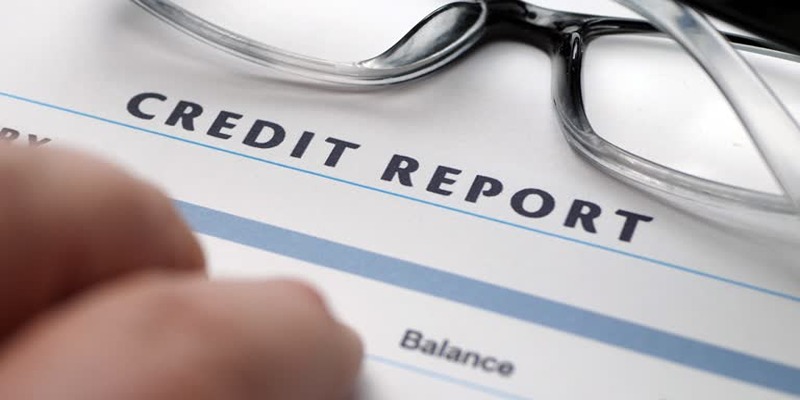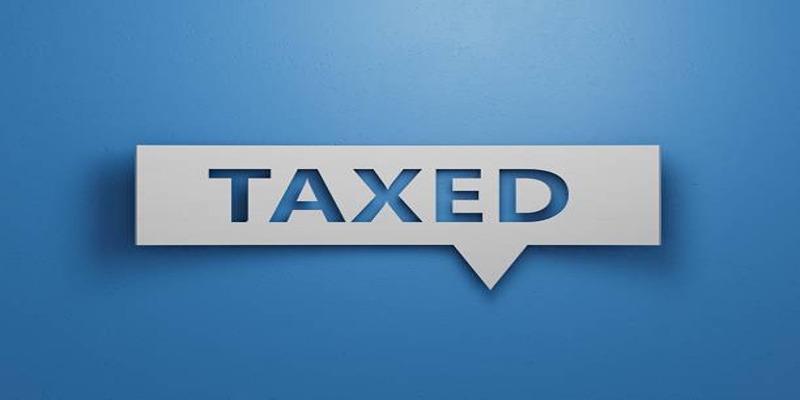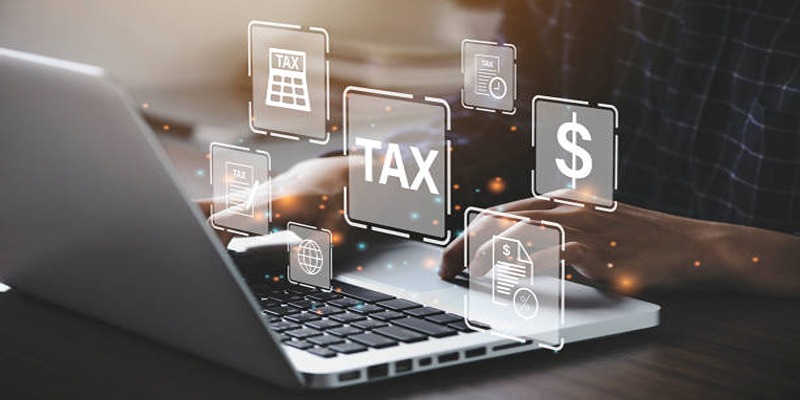Tax season can be characterized by anticipation of a refund, however, waiting weeks to get it can be annoying-particularly when you have pressing bills. There is a way out with tax refund advance loans, where you can get a loan against your anticipated refund. However, are they suitable to you? This guide has simplified the mechanism of these loans and what to look at so that you can make the best decision that suits you.
What Are Tax Refund Advance Loans?

A tax refund advance loan is a short term loan provided by the tax preparation services, banks, or any other lending institution. The amount you can get in the loan is determined by your anticipated tax refund and when the IRS processes your tax return and you receive your refund, the lender is paid back out of the refund amount you receive. These loans are usually sold on the idea of needing your money now, without having to wait for the IRS to get through your return.
Key Features of Tax Refund Advance Loans:
- Loan Amounts: Typically range from $200 to $4,000, depending on the size of your expected refund.
- Repayment: Automatically repaid when your refund is deposited.
- Fees: Some loans are fee-free, while others carry interest or additional charges.
- Approval Time: Often approved and funded within 24 hours.
The tax refund advance loans may be a good idea to consider when one needs the money immediately however the advantages and disadvantages should be considered.
Pros and Cons of Tax Refund Advance Loans
Learning about the benefits and possible drawbacks is something you should do before applying to a tax refund advance loan.
Pros of Tax Refund Advance Loans:
- Quick Access to Funds: Most lenders provide funding within a day or two, helping you cover urgent expenses.
- No Credit Check (in Some Cases): Many lenders don’t require a credit check, making these loans accessible even to individuals with poor credit.
- Convenience: Many tax preparation services offer these loans as part of their package, streamlining the process.
- Potential Fee-Free Options: Some tax preparers offer interest-free advance loans if you use their service to file your taxes.
Cons of Tax Refund Advance Loans:
- Limited Loan Amounts: You can only borrow up to a certain percentage of your expected refund, which may not cover larger expenses.
- High Fees or Interest Rates: While some loans are free, others include steep fees or interest rates, reducing the net amount you receive.
- Dependency on Filing Services: Some tax refund advance loans are only available if you file your taxes with a specific provider, potentially limiting your filing options.
- Loan Rejection Risks: If your refund is smaller than expected or delayed by the IRS, it may complicate the repayment process.
How to Compare Tax Refund Advance Loans
Since not all tax refund advance loans are created equal, knowing how to compare them is essential. Here are the key factors to consider:
1. Loan Amount
- Check how much you can borrow. Some lenders may offer a small advance up to $500, while others allow larger amounts if your refund is substantial.
- Consider how much you realistically need. Don’t borrow more than necessary, as it could lead to higher fees.
2. Turnaround Time
- Look for lenders with fast approval and funding times. If you need money immediately, choose a provider that offers same-day or next-day disbursement.
3. Fees and Interest Rates
- Some tax refund advance loans are free of fees and interest, while others charge APRs as high as 36% or more. Read the fine print to determine total borrowing costs.
- Avoid loans with hidden fees, such as application fees, repayment processing fees, or late penalties.
4. Provider Reputation
- Choose reputable providers with positive customer reviews and a history of transparent practices.
- Research any complaints about the lender to avoid predatory practices.
5. Eligibility Requirements
- Each provider may have specific conditions for approval. Some require you to file taxes with their service, while others may need proof of income or a minimum refund amount.
6. Repayment Terms
- Make sure you understand how and when the loan will be repaid. Most loans are automatically repaid from your tax refund, but some providers may offer flexibility if issues arise.
7. Security
- Confirm that the provider uses secure systems to handle your financial and personal information.
Comparing Top Tax Refund Advance Loan Providers
When considering a tax refund advance loan, it's important to compare different providers to find the best option for you. Here are some top providers and their key features to help guide your decision:
1. TurboTax
- Features:
- Offers Easy Advance loans up to $3,000
- Automatically repaid from your tax refund
- No minimum refund amount required
2. H&R Block
- Features:
- Offers Refund Advance loans up to $3,500
- Automatically repaid from your tax refund
- No minimum refund amount required
3. Jackson Hewitt
- Features:
- Offers No Fee Refund Advance loans up to $3,200
- Automatically repaid from your tax refund
- Only available at select locations
When Is a Tax Refund Advance Loan Right for You?
Tax refund advance loans can be a good fit if you:
- Need immediate cash for urgent expenses.
- Are confident in the amount of your expected refund.
- Don’t want to wait for the IRS processing time.
- Qualify for a no-fee or interest-free loan option.
However, if you don’t need the funds immediately or if the loan comes with high fees or interest rates, it may be better to wait for your refund or explore other financial options.
Other Alternatives to Consider

If a tax refund advance loan doesn’t seem right for you, here are some alternatives:
- Personal Loans: If you have good credit, a personal loan may offer lower interest rates and more flexible repayment terms.
- Credit Cards: For smaller short-term expenses, using a credit card may be an option, particularly if you can pay off the balance quickly.
- Delay Non-Essential Spending: Consider postponing any non-urgent expenses until your tax refund arrives.
Conclusion
Tax refund advance loans can be a helpful tool for those who need quick access to their tax refund. However, it’s important to carefully consider the terms and potential fees associated with these loans before taking one out. Additionally, exploring alternative options such as personal loans or delaying non-essential spending may be a better choice for some individuals. Ultimately, it’s important to make an informed decision and choose the option that best fits your financial situation.












